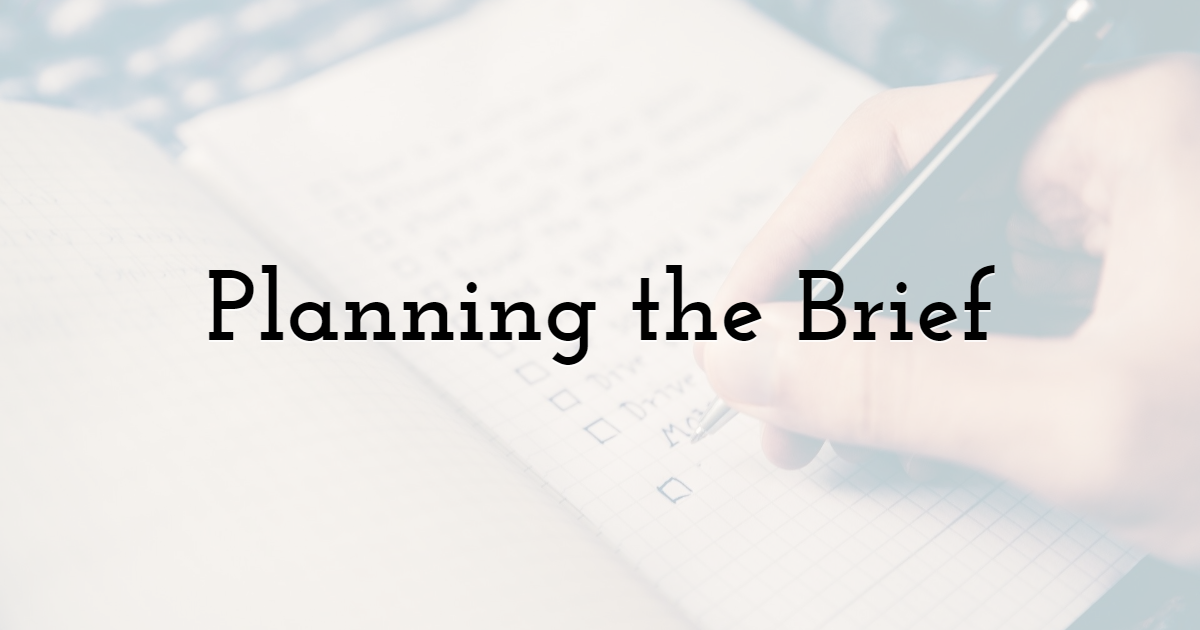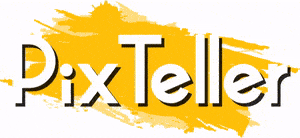How To Write A Proper Task For Your Designers To Get Perfect Result
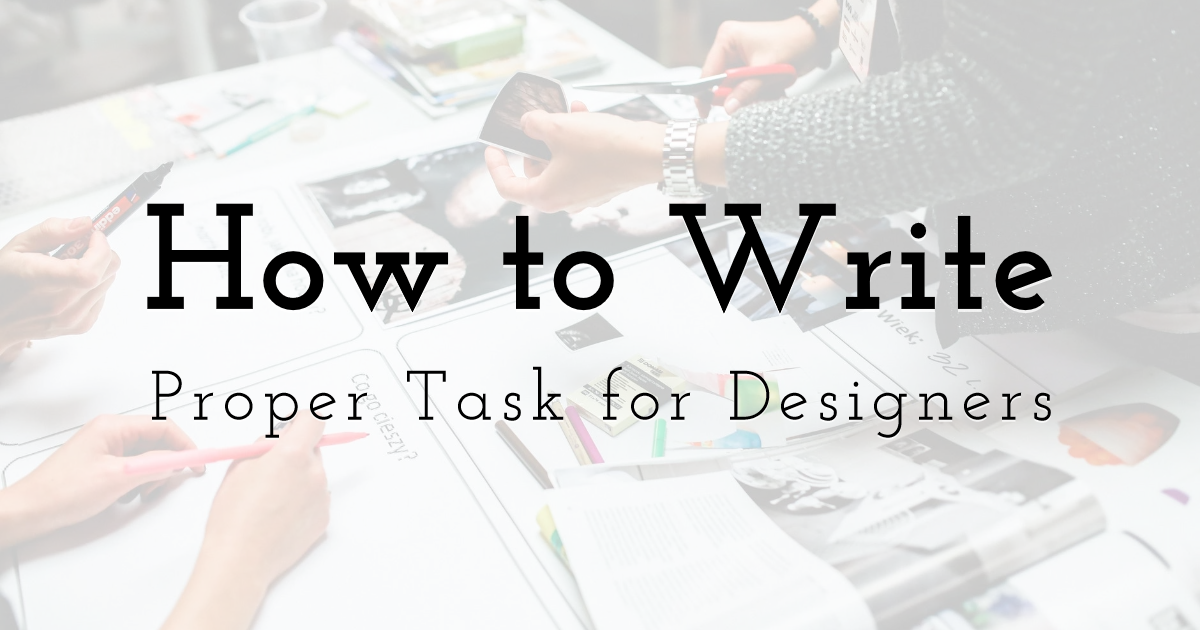
Design your own images with PixTeller online poster editor & free picture card maker.
Writing a compelling brief for designers is crucial in producing work efficiently and of a high standard. Briefs should be free from ambiguity - except where it has been agreed and worked through at some point. Being transparent with a brief also helps with budgeting and revision requirements.
All these things are essential in making sure you don't waste time or money, and they will keep your designers happy. You need the skills of an essay writer and the eye of a designer for a proper task. Here's the breakdown of how to write a brief.
What's a Design Brief All About?

A good design brief will generate exciting and pertinent results. Sometimes known as task design, a brief or task is the project your studio will work on for the foreseeable. It could be a rebrand of a company, an advertising campaign, or a film set. Design is everywhere, and most of them came from a brief of some kind.
A brief isn't just for designers; it is for everyone in the process. While designers will be the ones working from the brief, creating the brief draws in feedback and ideas from all stakeholders.
The client will outline what they want, this could look very detailed, or they may wish to pick your collective brains for ideas. This short document will outline a creative project strategy that could incorporate anywhere from one to one hundred designers and creatives.
- • What is the client's name, profile, and role?
- • What do they offer in terms of product or service?
- • Who are their prime customers and clientele?
- • What tone or feeling needs conveying?
- • What's the budget?
- • What's the approval process?
- • How do we measure success?
Hold some meetings between yourself, the client, and a senior member of your team.
The client and their company
Ask your client for a description of their company. Not something they'd pitch to an investor, but something they'd say at a party or while chatting with a friend. Gain insight into the company and their beliefs; note these down and add them to a document or mood board.
Who are their customers?
Many design briefs focus on an external change in a company's look and feel. Essentially most aspects of a company are like this unless you're doing something purely for the staff, like a new facility. Even then, the innards of the company will reflect the outer sides, and vice-versa. Understanding the customer base or the new target customer is a priority for design studios.
The tone and the feeling
After you've gathered the pieces of information mentioned above, start thinking about tone. Ask about color, what do they like, what do their competition use? It's also imperative to ask what they don't like. Setting out the boundaries of taste is crucial - otherwise, your designers could head in completely the wrong direction.
Understanding what makes 'success'
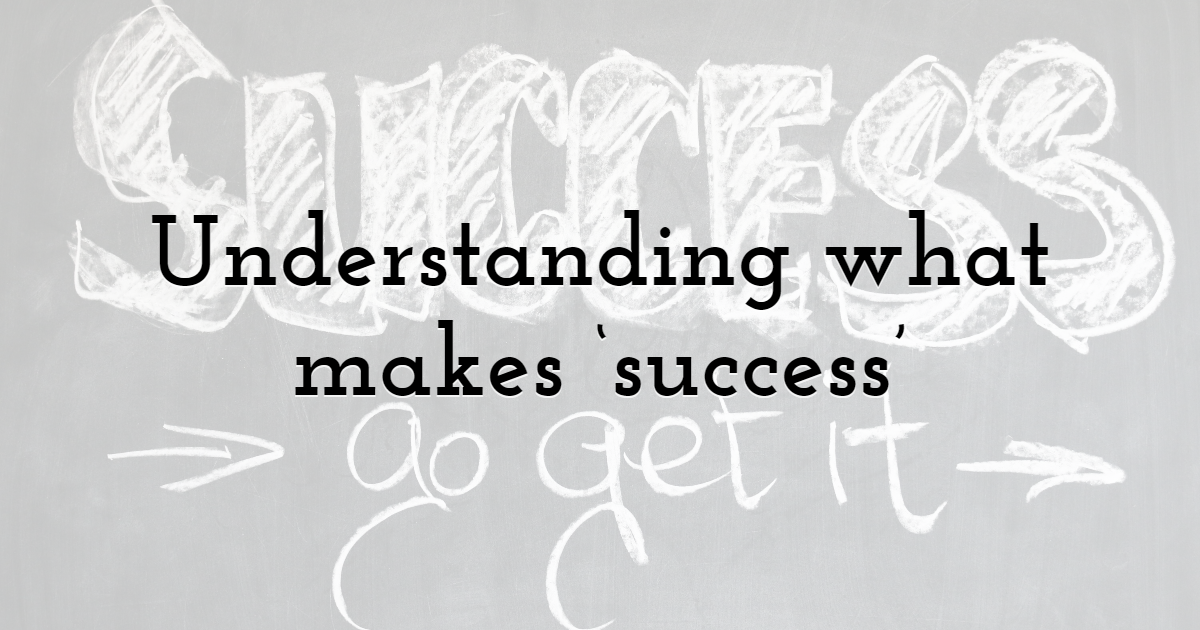
Some design studios also incorporate sales and analytics teams. If this is the case, you'll want a series of performance indicators. These could be new followers, a more extensive reach on social media, or something like sales. If this is the case, you'll want a series of performance indicators. Perhaps a focus group could approve of your newly designed look, or maybe you just need to please the CEO.
Success comes in many forms, so while it isn't essential or even possible to grade visual design work, there are ways to ensure you've delivered it. The brief could also include a deadline for a de-brief from your client.
The admin-side
It is here that the budget comes in. Make sure you are clear about the pricing of work and how revisions get done. Keeping in contact with your client is vital during design, but don't overwhelm them. Being too communicative can create a micromanaging atmosphere -
Remember that you're the studio, not the client. Their input is vital at the start, but at some point, the brief gets set in stone at some point. Then the ball is in your court. They'll have to wait for the results.
Revisions can cause friction. The brief should clearly set out the process of approving certain aspects, like the typeface and the main colors. Other fixes can receive grades from your studio.
Writing the brief

Once the parameters have been set, through the process of meetings described above, you need to produce the document itself through the process of meetings described above through the process of meetings described above.
Trawl those notes, put into clear sentences the aims, the objectives, and the deliverables. Include all relevant information your client has given you. This could be a link to a file-sharing platform containing media kits, past work folders, examples, and mood boards.
Make sure that any contact information gets a space in the file-sharing folder too.
As a design studio, you should have an eye for a design already. Setting out the brief in a way that is readable and easily scannable is essential. Don't go for a wall of text. Use bullet points and clear descending headings to show the importance of various sections.
Final Thoughts
A brief that fails will have you tearing your hair out. Designers will work at cross-purposes with one another, and your client will receive the antithesis of what they wanted. That's the worst-case scenario.
A more moderate form of failure will express itself in some constant feeling of stress or tension. It can happen when designers refer to the brief and find they're not getting all the information. What was the policy on white space on the homepage? Did they specify the font in advance, or was that meant to be done on the studio's end?
Ensuring your brief doesn't cause more hassle than dazzle is simple if you plan correctly and look after all the details in the set up before execution.

Until next time, Be creative! - Pix'sTory made by James Baxter
James Baxter is professional writer and blogger, who loves sharing his experience and knowledge with readers. He is especially interested in marketing, blogging and IT. James is always happy to visit different places and meet new people there.
Recommended posts
-

Instagram and Email Marketing - How Valuable Giveaways Can Build Your Ema...
Read More › -

5 Ways to Make Email Work Better
Read More › -

5 Mistakes to Avoid when Crafting a Marketing Plan
Read More › -
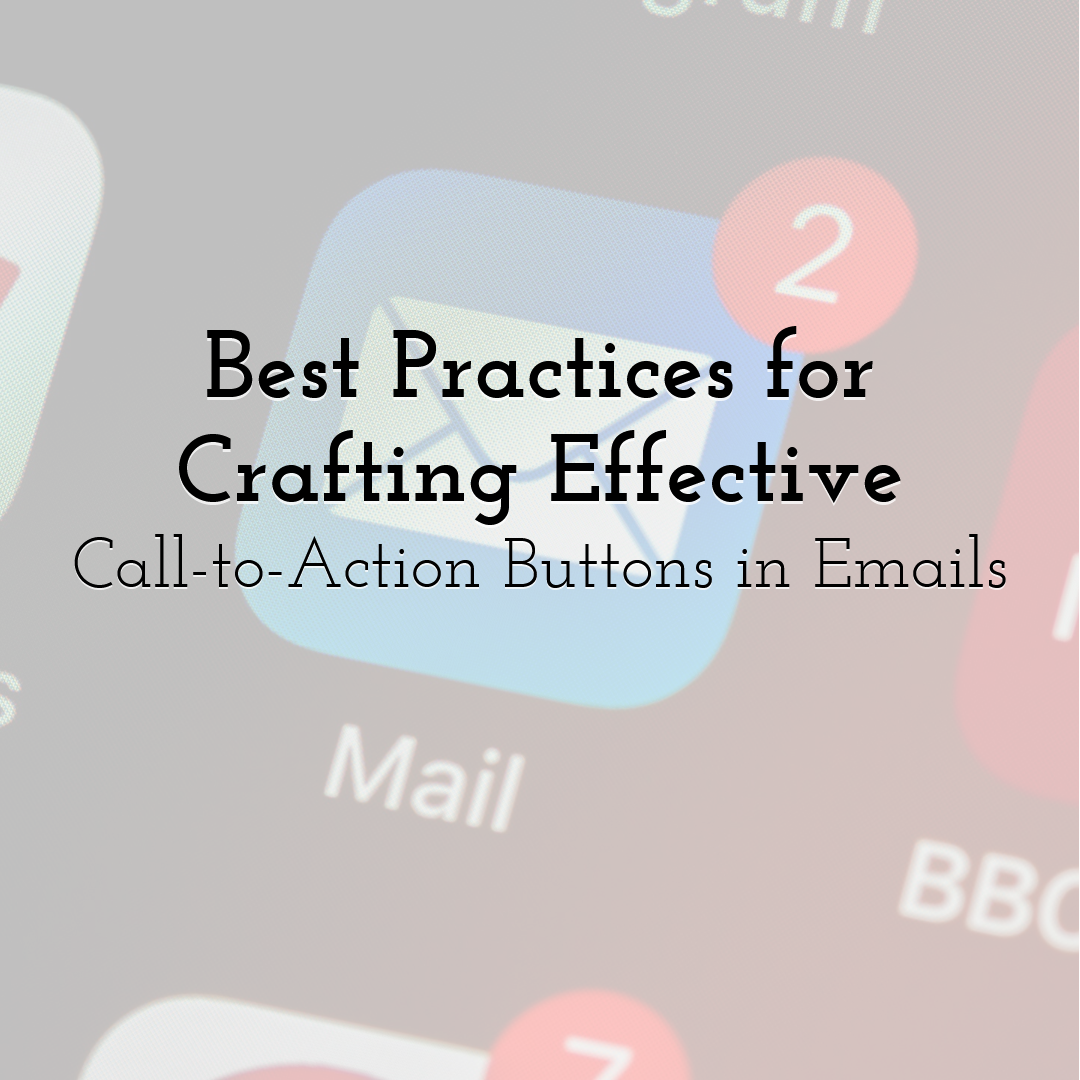
Best Practices for Crafting Effective Call-to-Action Buttons in Emails
Read More › -

12 Tips To Become A Better UX Designer
Read More › -

How Brands Can Utilize User Creativity in Social Media Marketing
Read More ›
